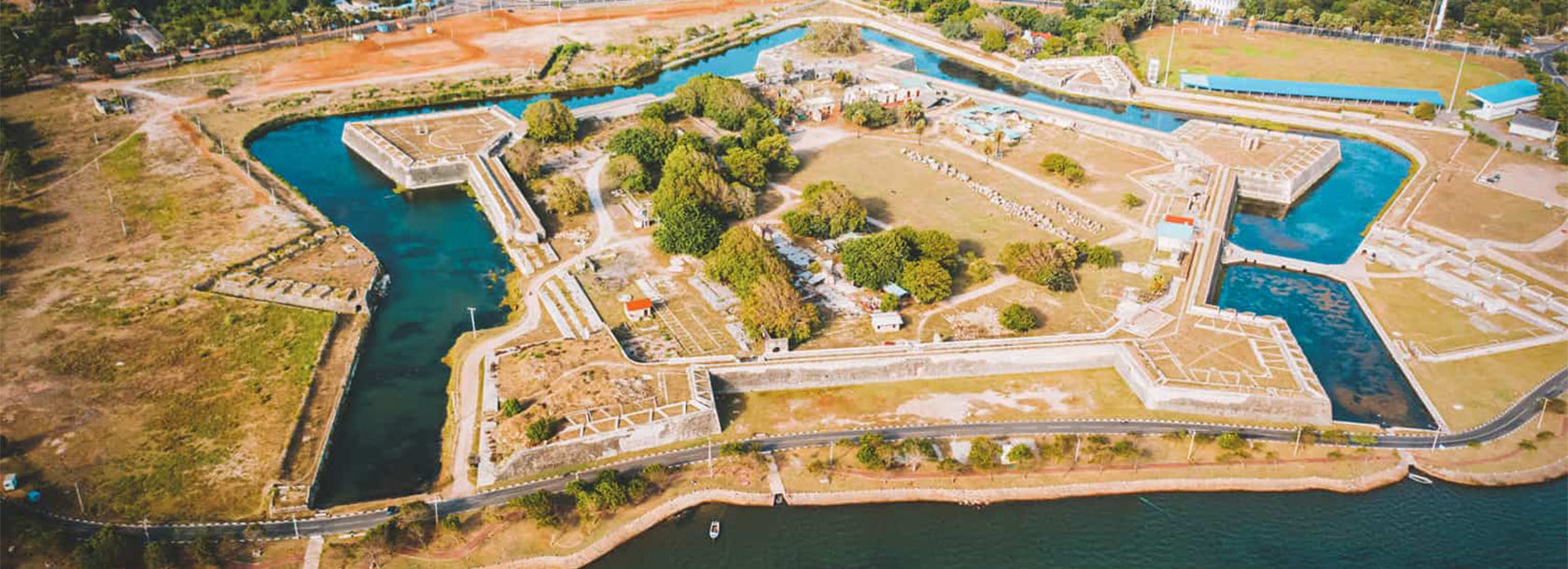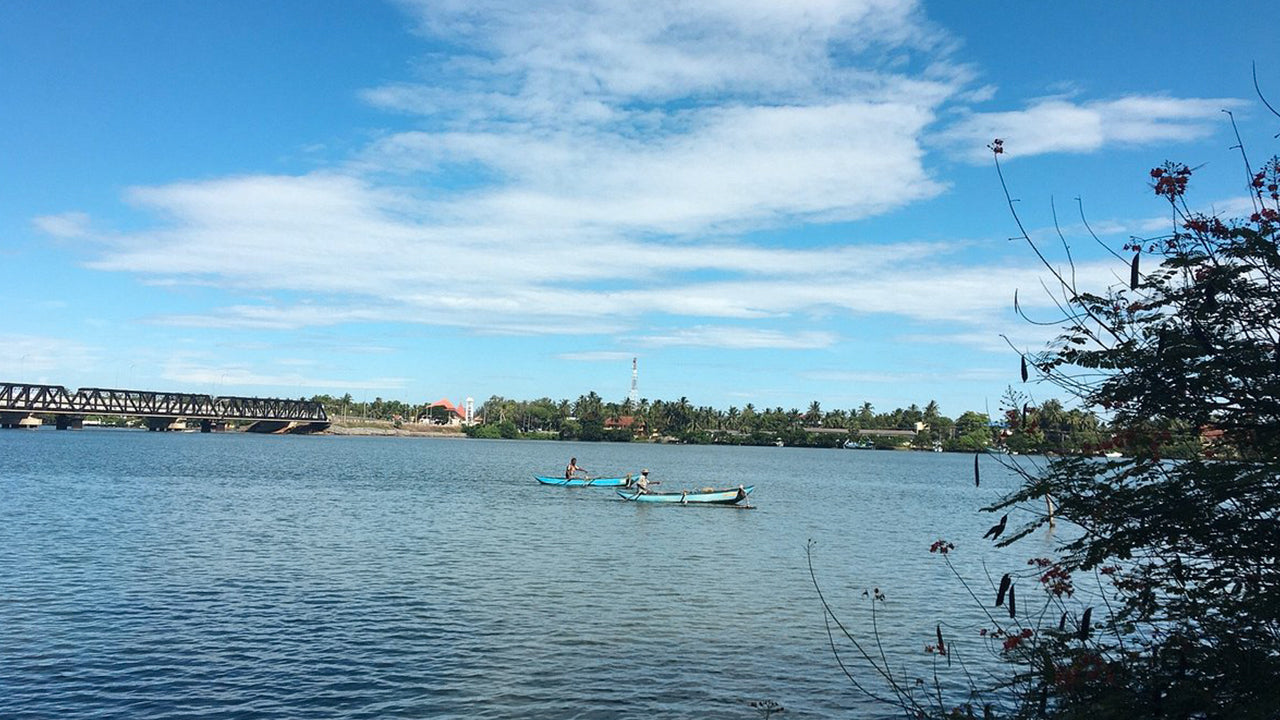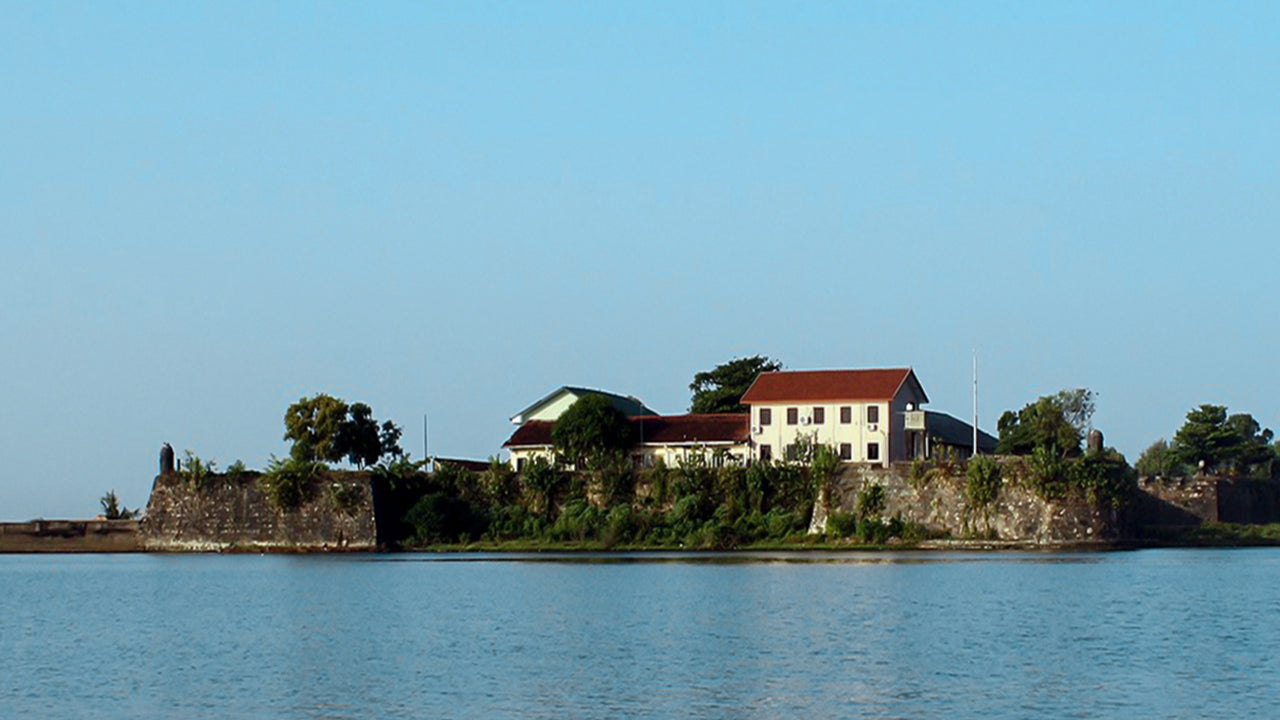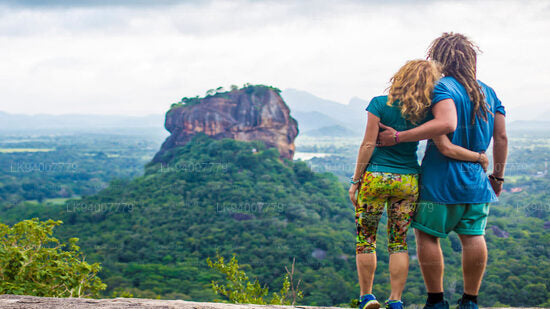
Batticaloa City
Batticaloa: Coastal city in Sri Lanka's Eastern Province, known for its scenic lagoon, sandy beaches, historic landmarks, and rich cultural heritage.
Kattankudy
Kattankudy ist eine Küstenstadt in der Ostprovinz Sri Lankas , in der Nähe von Batticaloa . Sie ist bekannt für ihre überwiegend muslimische Bevölkerung, wobei sich über 98 % der Einwohner als sri-lankische Mauren bezeichnen. Die Stadt erstreckt sich über etwa 2,56 Quadratkilometer Land und 1,33 Quadratkilometer Binnenwasserstraßen und ist damit eine der am dichtesten besiedelten Regionen des Landes. Die lokale Wirtschaft lebt von Handel, Kleinindustrie und Fischerei und spiegelt den Unternehmergeist der Gemeinde wider.
In den letzten Jahren hat Kattankudy durch seine architektonischen Sehenswürdigkeiten, insbesondere die Nachbildung des Jerusalemer Felsendoms, Aufmerksamkeit erregt. Diese dreistöckige Moschee, die im Dezember 2022 eingeweiht wurde, besticht durch ihre goldene Kuppel und ihren blauen achteckigen Sockel. Sie zieht Besucher an und fördert den lokalen Halal-Tourismus. Die Stadt beherbergt außerdem das Kattankudy Heritage Museum, das sich der Bewahrung und Präsentation des islamischen Erbes und der Kulturgeschichte der Region widmet.
Kattankudy hat in seiner Geschichte große Herausforderungen gemeistert. Am 3. August 1990 war die Stadt Schauplatz eines tragischen Massakers, bei dem über 147 muslimische Gläubige während des Abendgebets getötet wurden. Dieses Ereignis zählt bis heute zu den dunkelsten Kapiteln des sri-lankischen Bürgerkriegs. Auch der Tsunami im Indischen Ozean im Jahr 2004 hatte verheerende Auswirkungen auf die Stadt. Über 100 Menschen kamen ums Leben, und es entstand erheblicher Sachschaden.
Trotz dieser Widrigkeiten hat Kattankudy Widerstandsfähigkeit und Fortschrittswillen bewiesen. Initiativen wie der Green City Masterplan, der in Zusammenarbeit mit dem Entwicklungsprogramm der Vereinten Nationen entwickelt wurde, zielen auf eine nachhaltige Stadtentwicklung ab. Der Schwerpunkt dieser Bemühungen liegt auf der Verbesserung öffentlicher Dienstleistungen, dem Umweltschutz und dem Wohlergehen der Bevölkerung. Damit positioniert sich Kattankudy als Modell für inklusives und nachhaltiges Wachstum in der Region.
-

Spalte
Zoom -

Spalte
Batticaloa Accommodation
About Batticaloa District
Batticaloa is a city in the Eastern Province of Sri Lanka. Batticaloa is in the eastern coast of Sri Lanka on a flat coastal plain boarded by the Indian Ocean in the east occupies the central part of the eastern Sri Lanka. Batticaloa is on the East coast, 314 km from Colombo. The population of 515,707 consists mainly of Tamils, Moors, Sinhalese, Euro-Asian Burghers (specifically Portuguese Burghers and Dutch Burghers) and indigenous Vedda population.
Rice and coconuts are the two staples of the district, and steamers trading round the island call regularly at the port. The lagoon is famous for its ""singing fish,"" supposed to be shell-fish which give forth musical notes. The district has a remnant of Veddahs or wild men of the wood.
The city has four main divisions.
Pullianthivu: Seat of many government department and offices, schools, banks religious places, General Hospital, Weber Stadium and Shops. Nowadays many NGO offices including ICRC, UN, UNICEF, WORLD VISION etc.are located also.
Koddamunai: Schools, Banks, Sri Lanka Telecom regional office for East, Shops and many government offices are located. Two bridges called Perya Palam and Puthuppalam are connect Pulianthivu Island with Koddaminai land mass.
Kallady: Here there are many Government buildings and private industries, schools, hospitals and Eastern University Medical Faculty. Kallady Lady Manning Bridge (the longest bridge in Sri Lanka) connects Kallady and Arasay.
Puthur: This is where the dom
About Eastern Province
The Eastern Province is one of the 9 provinces of Sri Lanka. The provinces have existed since the 19th century but they didn't have any legal status until 1987 when the 13th Amendment to the 1978 Constitution of Sri Lanka established provincial councils. Between 1988 and 2006 the province was temporarily merged with the Northern Province to form the North-East Province. The capital of the province is Trincomalee. The Eastern province's population was 1,460,939 in 2007. The province is the most diverse in Sri Lanka, both ethnically and religiously.
Eastern province has an area of 9,996 square kilometers (3,859.5 sq mi).The province is surrounded by the Northern Province to the north, the Bay of Bengal to the east, the Southern Province to the south, and the Uva, Central and North Central provinces to the west. The province's coast is dominated by lagoons, the largest being Batticaloa lagoon, Kokkilai lagoon, Upaar Lagoon and Ullackalie Lagoon.
Explore Eastern Province
-
Beispiel für Produkttitel
Normaler Preis $19.99 USDNormaler Preis -
Beispiel für Produkttitel
Normaler Preis $19.99 USDNormaler Preis -
Beispiel für Produkttitel
Normaler Preis $19.99 USDNormaler Preis -
Beispiel für Produkttitel
Normaler Preis $19.99 USDNormaler Preis
Services of Lakpura LLC
-

Spalte
Shopping -

Spalte
Tours -

Spalte
Activities -

Spalte
Transfers












